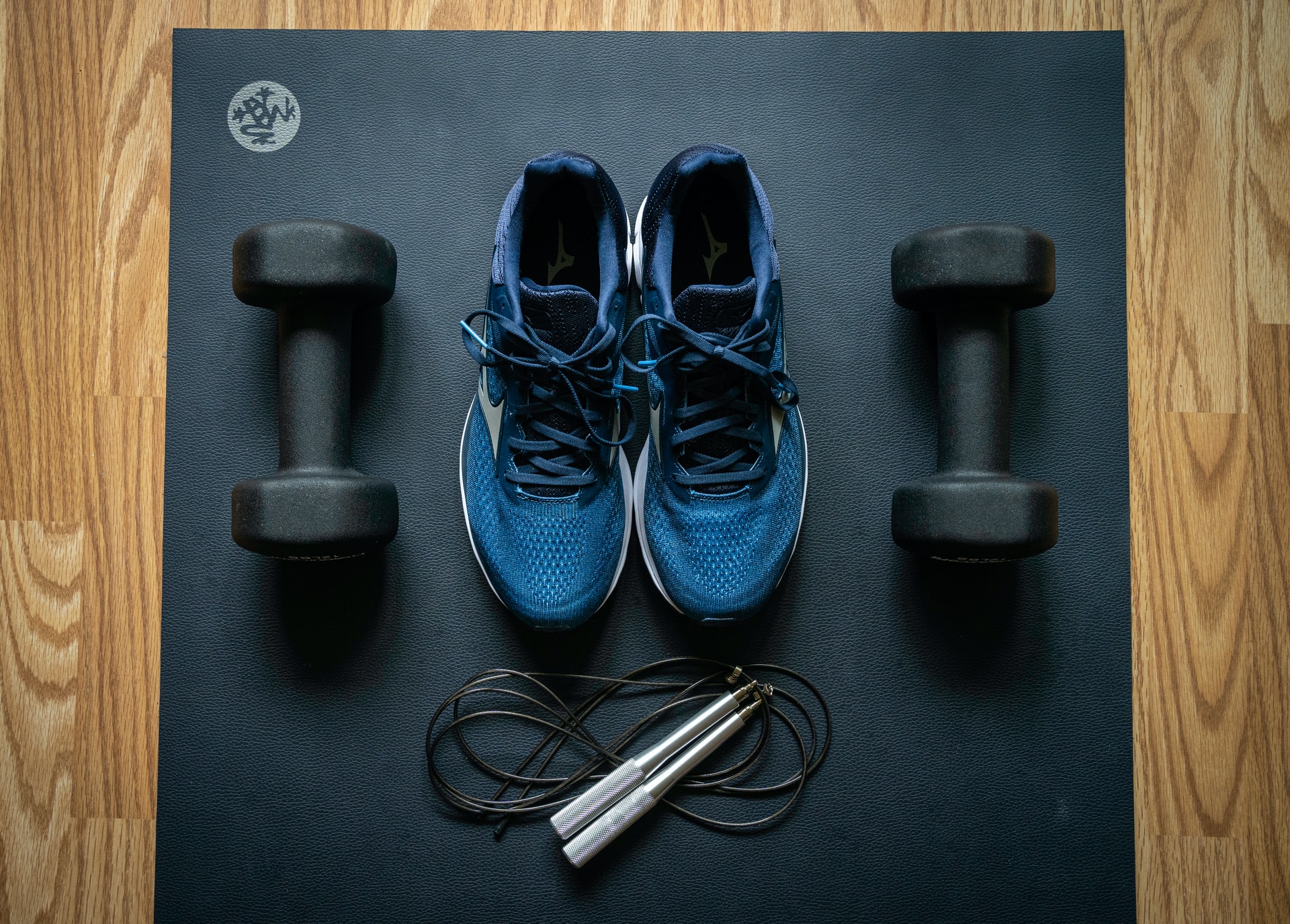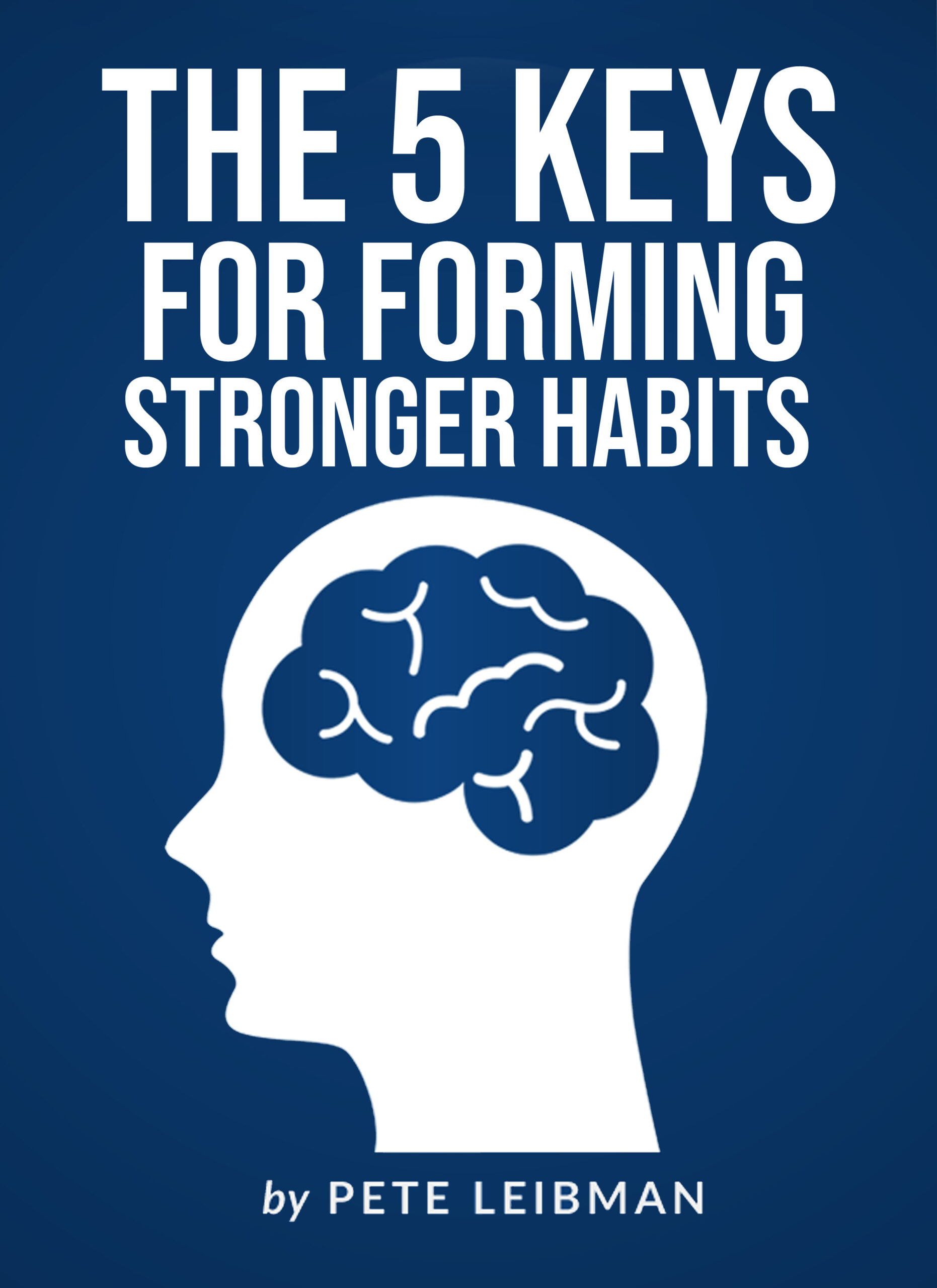
Different exercise programs can help you achieve different physical goals. For example, there are certain programs for weight loss, others for adding muscle mass, and others for increasing strength and power.
However, have you ever wondered what the best exercise program is for your brain?
There is a growing body of research on the connection between exercise and the brain. My favorite book on the subject is Spark: The Revolutionary New Science of Exercise and the Brain by Dr. John Ratey.
In a prior article, I highlighted some of the key ways that exercise makes your brain stronger. In this article, you will learn the best exercise program for your brain.
How Much Exercise Is Best for Your Brain?
The American College of Sports Medicine (ACSM), a global leader in sports medicine and exercise science, provides the following as weekly exercise recommendations for adults: 1
- Aerobic exercise: At least 150 minutes of moderate-intensity aerobic activity each week (or at least sixty minutes of high-intensity aerobic activity each week).
- Strength training exercises for all major muscle groups on at least two days each week.
- Flexibility exercises for all major muscle groups on at least two days each week.
- Balance and coordination exercises on at least two days each week.
These recommendations are a great start. However, Dr. Ratey thinks ACSM’s guidelines for aerobic activity are low. If you want to optimize your brain’s performance, he recommends doing some form of aerobic activity for 45-60 minutes six days each week. 2 That translates to about 250-300 minutes of aerobic activity each week, which is basically twice as much as what ACSM recommends.
Dr. Ratey recommends that four days each week be on the longer side. Those workouts should be at roughly 60-75% of your max heart rate, which is considered to be “moderate intensity.” Two days each week should be on the shorter side. Those workouts should be at more than 75% of your max heart rate, which is considered to be “high intensity.” 3 (You can estimate your max heart rate by subtracting your age from 220.)
Working out at more than 75% of your max heart rate can be very uncomfortable, and it’s not for beginners. However, there are tremendous benefits to pushing yourself there. As Dr. Ratey says, “High intensity exercise toughens you up, both physiologically and psychologically.” 4
Having said that, more/tougher exercise is not always better. There is a point beyond which exercise becomes counter-productive. Your body and brain need adequate time to recover, especially if you train hard. Therefore, you typically want to avoid high-intensity training on consecutive days.
What If You Are a Beginner?
If you are a beginner, don’t be intimidated by the recommendations above. Start small and easy, and increase the frequency and difficulty of your exercise as you get stronger. The return will far outweigh the relatively small investment in time. You can hit Dr. Ratey’s targets by devoting less than 5% of your waking hours each week to exercise.
Note: You can click here to learn how to make exercise a habit.
Which Kinds of Exercise Are Best for Your Brain?
Aerobic exercise and more complex physical activities each benefit your brain, but in different ways. Dr. Ratey recommends playing sports that simultaneously challenge your cardiovascular system and your brain. For example, you could play tennis, basketball, or soccer. He also suggests doing aerobic exercise as a warm-up before something skill-based and non-aerobic, like rock climbing. 5
Here are some complex physical activities to consider incorporating into the best exercise program for your brain:
- Boxing
- Jumping rope
- Martial arts
- Rock climbing
- Dancing
- Gymnastics
- Yoga
- Pilates
- Ice skating
- Rollerblading
- Fast-paced team sports
You don’t need to do all of the above. Focus on any activities that appeal to you. The more you enjoy exercise, the more likely you will stick with it.
You can also do complex activities (like those above) instead of traditional forms of aerobic exercise (like running, cycling, or swimming) if they elevate your heart rate to a moderate or high intensity. As long as an activity gets your heart rate above 60% of your max, it counts as “aerobic exercise.”
Make Simpler Movements More Complex
In addition to including complex activities in your exercise program, look for ways to make simpler movements more complex. Doing so will benefit your body and brain. Here are some examples:
- Run or walk on difficult terrain. Rather than running or walking on smooth, flat surfaces, try running or walking on trails that are rocky, uneven, and hilly.
- Go mountain biking. Rather than riding a stationary bike or riding outside on smooth roads, try mountain biking on difficult, hilly trails.
- Do strength training on an unstable surface. For example, rather than doing push-ups with both feet on the ground, try doing push-ups with one or both of your feet balancing on top of an exercise ball.
- Lift free weights. Rather than using machines for strength training, use barbells, dumbbells, kettlebells, or resistance bands.
- Close your eyes while exercising. For example, try jumping rope with your eyes closed. Just make sure that you have plenty of space, and no one is near you. I once nearly whipped someone at my gym with my jump rope because my eyes were closed, and I didn’t see him.
Since more complex movements have to be learned, they actually help rewire and strengthen your brain. There are other benefits, too. More complex activities also force you to concentrate, and they keep your workouts fun and fresh, which helps make exercise a habit.
Complex activities also make you more athletic and stronger from head to toe than simpler, one-dimensional activities like running on a paved road, riding a stationary bike, or using machines for your strength training.
Summary and Final Thoughts
Regardless of your physical goals or fitness level, your body and brain will benefit from a workout program with a lot of variety and complexity. Many people are too narrow with their approach to exercise. For example, many people only run, cycle, and/or swim. As Dr. Ratey says, “The combination of challenging the brain and the body has a greater positive impact than aerobic exercise alone.” 6
The best exercise program for your brain is also great for your body. It includes a combination of aerobic exercise, strength training, flexibility exercises, and movements that require balance and coordination. Include complex physical activities in your routine, and look for ways to make simpler movements more difficult. Your brain and body will thank you.
P.S. If you enjoyed this article, check out my free 40-page eBook and newsletter below.

Free eBook and Newsletter
Download my free 40-page eBook on “The 5 Keys for Forming Stronger Habits.”
You’ll also receive my free weekly newsletter on how to become your strongest self.
Your email is safe. Unsubscribe anytime.
About the author: Pete Leibman is the Creator of StrongerHabits.com. He is a best-selling author, keynote speaker, executive recruiter, athlete, and peak performance coach. His work has been featured on Fox News, CBS Radio, and CNNMoney.com, and over 500,000 people across the world have read his articles.
References for this article
- “ACSM Issues New Recommendations on Quantity and Quality of Exercise,” ACSM, http://www.acsm.org/about-acsm/media-room/news-releases/2011/08/01/acsm-issues-new-recommendations-on-quantity-and-quality-of-exercise.
- John J. Ratey, with Eric Hagerman, Spark: The Revolutionary New Science of Exercise and the Brain (New York: Little, Brown & Company, 2008).
- Ibid
- Ibid
- Ibid
- Ibid

